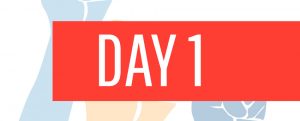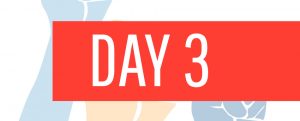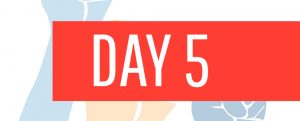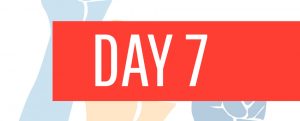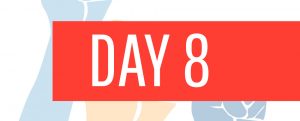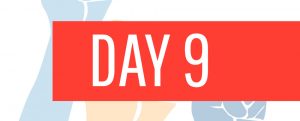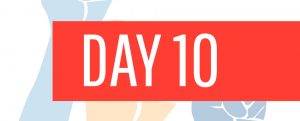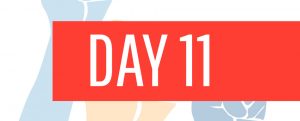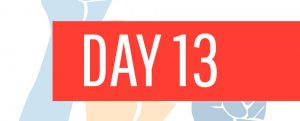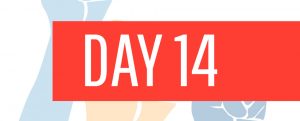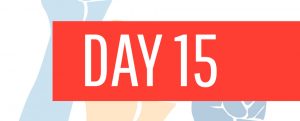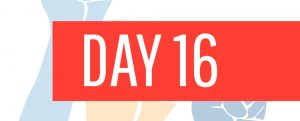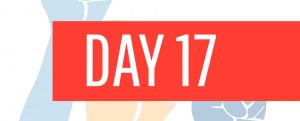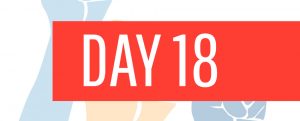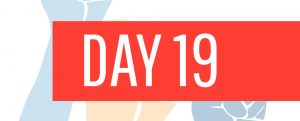Day 2: Understanding and Reflecting on Our Bias
“Worse than being less than you, is if you are perceived as a threat”
– John A. Powell
We all have bias. But often, we are not aware of the biases that we subconsciously hold. The Kirwan Institute for the Study of Race and Ethnicity defines implicit bias as “the attitudes or stereotypes that affect our understanding, actions, and decisions in an unconscious manner” (source). We all develop these associations over the course of a lifetime beginning at a very early age through exposure to direct and indirect messages, including early life experiences, media and news programming.
A recent study found that companies are more than twice as likely to call Black, Indigenous, and people of color (BIPOC) applicants for interviews if they submit “whitened” resumes than candidates who reveal their race. As one of the study’s co-authors notes, it’s time for employers to acknowledge that bias is hardwired into the hiring system and that prejudice is clouding the screening of qualified applicants.
But, research also shows that we can actively rewire these neural associations by being more intentional about acknowledging our implicit biases. Today’s focus is on personal reflection – taking the time to uncover some of our own biases and reflecting on how we take control of these unconscious constructs.
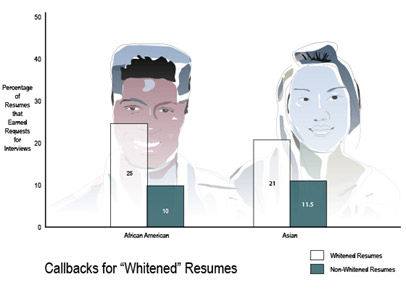
Graphic by Blair Storie-Johnson (Source: “Whitened Resumes: Race and Self-Presentation in the Labor Market”)
Today’s Challenge
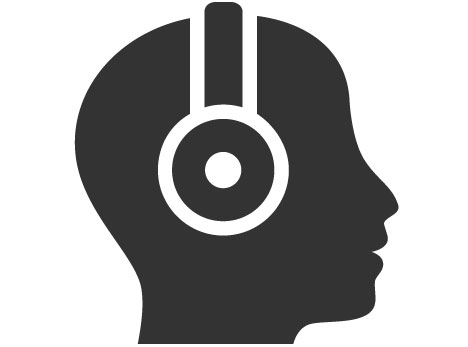
Listen: Listen to the WEMU Washtenaw United radio interview with Yodit Mesfin Johnson, United Way of Washtenaw County’s board chair, on the role implicit bias plays in our lives. She discusses how our biases impact equity and challenges some of her own biases. (13:22)

Test: Go deeper and take Project Implicit Hidden Bias tests, created by psychologists at top universities, to uncover some of your own unconscious biases. Remember, having biases doesn’t make you a bad person—it only makes you human. NOTE: Proceed as a guest to access their library of tests and find out your implicit associations about race, gender, sexual orientation, skin tone, and other topics.

Read: Read one or more of the compelling personal stories featured in the Speak Up Handbook by the Southern Poverty Law Center. We would like to point you to page 19 titled “What Can I do About My Own Bias?” but feel free to use the table of contents on page 2 to explore other topics that interest you. You can also check out the nine tactics to ensure your actions line up with your intentions.
Discussion
What did you learn about your implicit biases?
How might these biases influence your daily life? How might they affect the lives of others around you?
What are some ways you can take control of these unconscious constructs?

